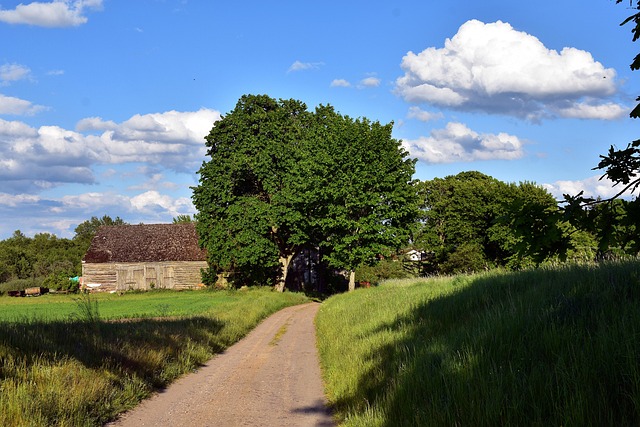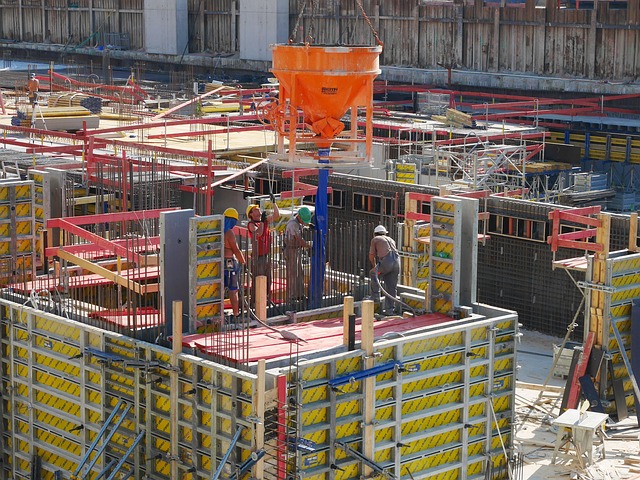
Building Vibrant Communities: The Role of Social Parks in Sustainable Development
In recent years, the conversation around sustainable development has taken center stage, prompting communities worldwide to seek innovative solutions to foster growth while preserving environmental integrity. One such solution is the creation of social parks, which serve not only as green spaces but also as pivotal hubs for community engagement and development. These parks play a critical role, acting as a catalyst for local economies and enhancing social connections among residents.
The concept of social parks extends beyond mere landscaping; they are meticulously designed with the community in mind. By incorporating elements that cater to diverse demographics, social parks become inclusive spaces where families, children, and seniors alike can engage in recreational activities. This inclusivity is crucial in fostering a sense of belonging and community spirit, essential foundations for any vibrant society. Furthermore, philanthropic efforts often back these initiatives, with foundations recognizing the profound impact that well-designed public spaces have on local growth. By investing in social parks, these organizations contribute not only to the beautification of a neighborhood but also to the overall well-being of its residents, demonstrating a commitment to long-term sustainability.
Economically, social parks can revitalize areas that may have been neglected or rundown, attracting not only residents but businesses. As foot traffic increases due to the accessibility of these parks, local shops and cafes benefit from the increased customers seeking leisure and socialization. Furthermore, social parks can host events such as farmers’ markets, concerts, and community gatherings, further stimulating local economic growth. The immediate financial benefits are reinforced by higher property values in the vicinity of well-maintained parks, which in turn contributes to the city’s overall revenue through increased taxes. Such economic ripple effects highlight the importance of viewing social parks not just as green spaces but as vital components of urban development strategies.
The role of social parks in building vibrant communities cannot be overstated. They are places where social ties are formed, cultures are celebrated, and practices of sustainability are nurtured. As cities across the globe forge paths towards sustainable development, embracing the concept of social parks will prove essential. By fostering these spaces, we are not only investing in the environment but also in our communities, ensuring a cohesive and resilient future for generations to come.



